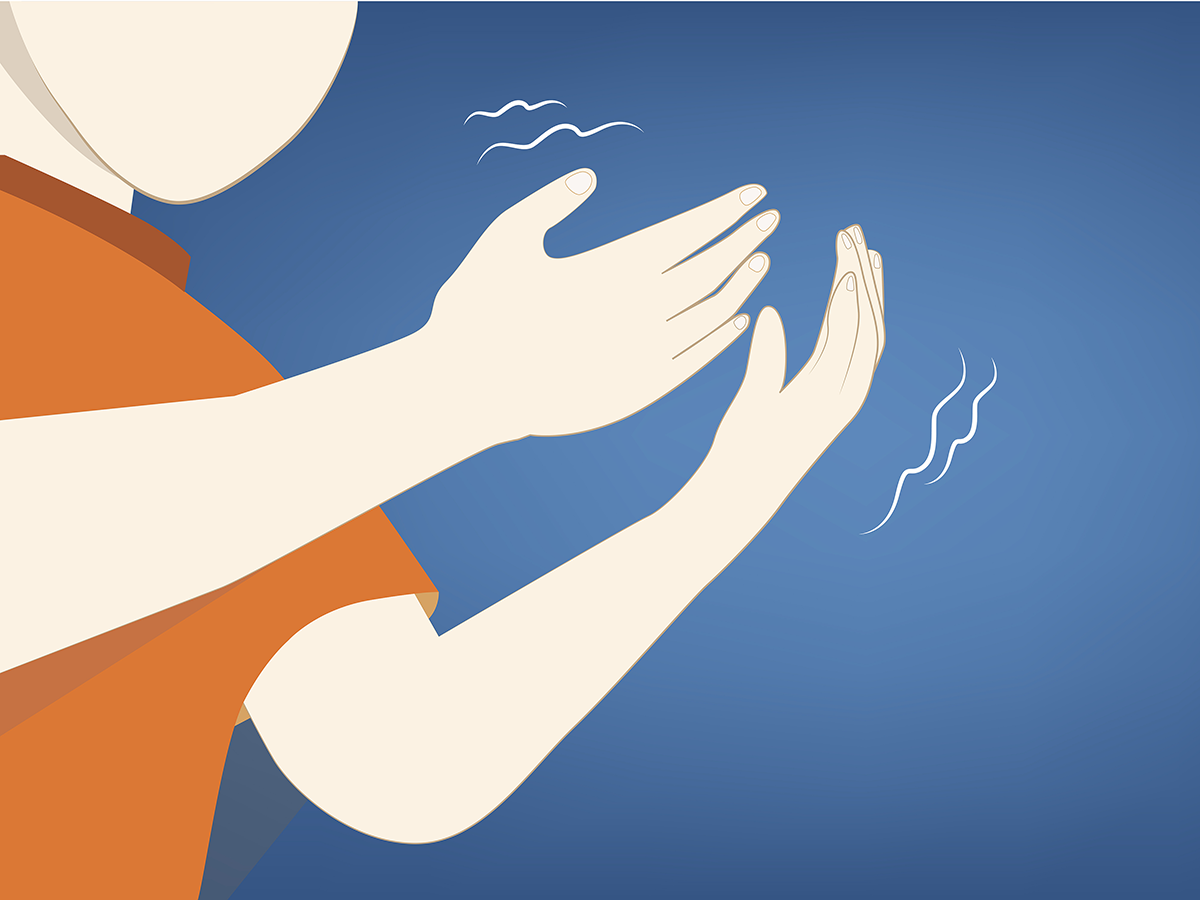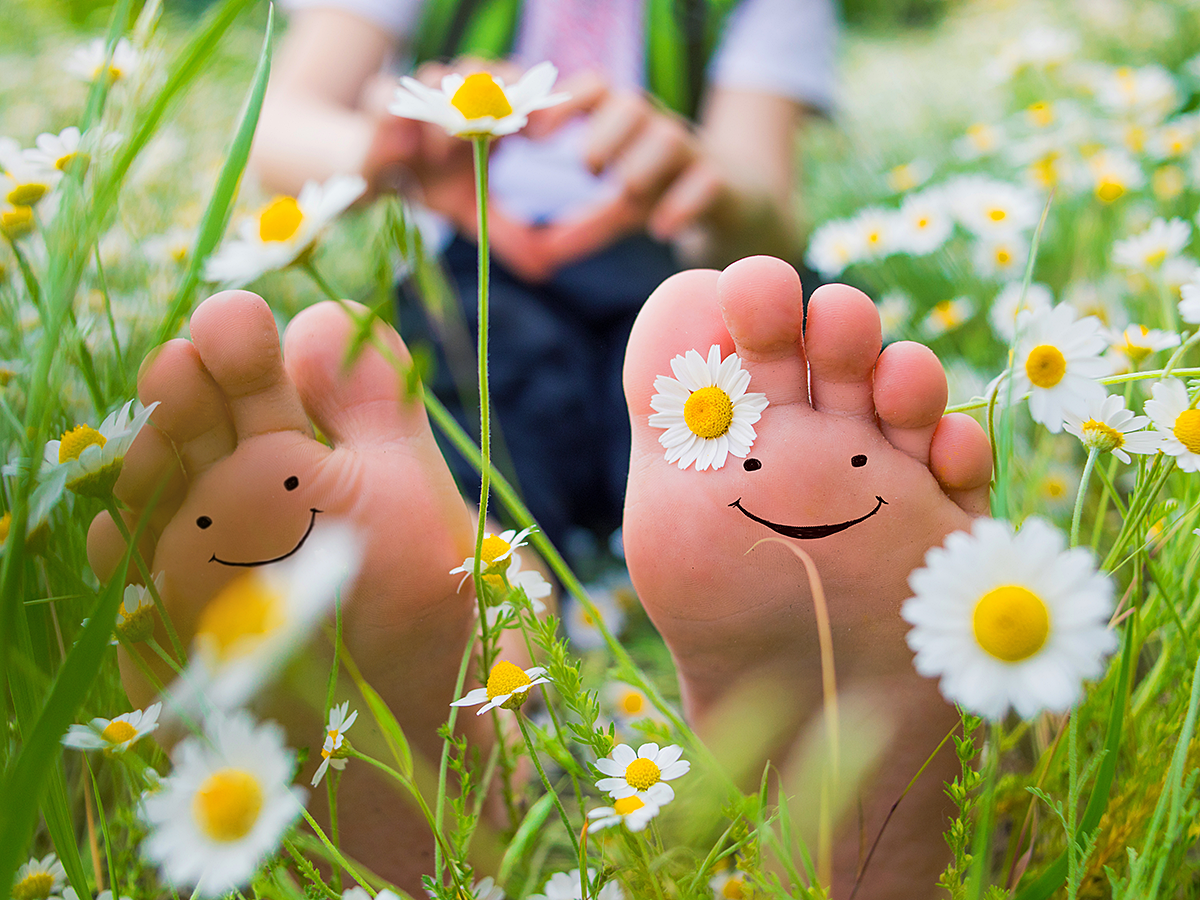Are you or a loved one trembling, shuffling or stooping? These may be signs of a serious disease.
 Parkinson’s disease is a serious condition that affects the nervous system. It is a progressive disorder, meaning that it starts slowly and gradually gets worse over time. Because all symptoms don’t develop at once, early signs of the disease may not be that noticeable.
Parkinson’s disease is a serious condition that affects the nervous system. It is a progressive disorder, meaning that it starts slowly and gradually gets worse over time. Because all symptoms don’t develop at once, early signs of the disease may not be that noticeable.
Finding out you have Parkinson’s disease as early as possible may help you better manage symptoms and delay progression of the disease, even though there is no cure. If you notice any of these early signs, have them checked out by a doctor. Many symptoms may also be attributed to other causes, but it’s best to rule out or confirm whether you have this neurological condition.
Early Symptoms of Parkinson’s Disease
Symptoms of Parkinson’s disease often begin on only one side of the body and usually remain worse on that side, even once both sides become affected. Although early symptoms may be mild, they will continue to progress over time. All signs may not appear at once (or at all) and may be different from person to person.
- Tremors – If you notice a slight shaking in your hand or fingers when at rest, it may be a sign of Parkinson’s disease. The shaking may not be as noticeable while you are performing tasks.
- Stiffness – You may feel stiffness in your body, arms or legs, limiting range of motion. It may take more effort to do tasks like getting out of a chair. You may shuffle your feet or walk slowly.
- Changes in posture and balance – You may stoop over, slouch or lean forward or to one side when you stand. You may also fall more easily or find it hard to keep your balance.
- Changes in handwriting – You may write differently than you used to. Words may be smaller and more crowded together as it becomes harder to control your fine motor movements.
- Changes in speech – You may speak more softly than you used to, sound hoarse, slur your words or be more monotone. You may also speak quickly or hesitate before talking.
- Fewer unconscious movements – Things you would typically do without thinking about, such as blinking or swinging your arms as you walk, may happen less frequently than they used to.
- Facial expressions – You may have a serious, mad or sad look on your face, even if you don’t feel serious, mad or sad. This is called facial masking.
- Dizziness – You may feel dizzy or even faint when you change positions, such as getting out of bed or standing up after sitting.
- Sleep difficulties – You may toss and turn more than usual and make sudden movements in your sleep. Even though you may not notice these, your partner may.
- Loss of smell – It may be harder to smell things you used to smell.
- Constipation – You may find it harder to move your bowels.
If you have any of these symptoms associated with Parkinson’s disease, even if they seem mild, it’s best to discuss them with your doctor. Although most of these symptoms may be attributed to other causes, you shouldn’t ignore the possibility that you may have this chronic and progressive neurological condition.
Copyright 2023 © Baldwin Publishing, Inc.
Health eCooks™ is a designated trademark of Baldwin Publishing, Inc.
Cook eKitchen™ is a designated trademark of Baldwin Publishing, Inc. Any duplication or distribution of the information contained herein without the express approval of Baldwin Publishing, Inc. is strictly prohibited.
Date Last Reviewed: February 16, 2023
Editorial Review: Andrea Cohen, Editorial Director, Baldwin Publishing, Inc.
Medical Review: Perry Pitkow, MD
Learn more about Baldwin Publishing Inc. editorial policy, privacy policy, ADA compliance and sponsorship policy.
No information provided by Baldwin Publishing, Inc. in any article is a substitute for medical advice or treatment for any medical condition. Baldwin Publishing, Inc. strongly suggests that you use this information in consultation with your doctor or other health professional. Use or viewing of any Baldwin Publishing, Inc. article signifies your understanding and agreement to the disclaimer and acceptance of these terms of use.
==== BALDWIN #2 - FOOT CARE ==== TEASER TITLE The Best Ways to Keep Your Feet Happy
Here are 7 tips for keeping your feet as pain-free as possible.
 It's easy to forget about your feet when they feel good. But when they hurt, you'll quickly realize the importance of keeping feet healthy. Your feet can have a significant impact on your overall well-being. They keep you moving and get you where you want and need to go. In fact, you're likely to walk over 100,000 miles during your lifetime. That's a lot of steps!
It's easy to forget about your feet when they feel good. But when they hurt, you'll quickly realize the importance of keeping feet healthy. Your feet can have a significant impact on your overall well-being. They keep you moving and get you where you want and need to go. In fact, you're likely to walk over 100,000 miles during your lifetime. That's a lot of steps!
If you want to walk, run, jump, dance and enjoy just about any type of physical activity with ease, take a few extra steps (pun intended!) to care for your feet. After all, foot pain not only puts a damper on your recreational activities, but can also make it hard to get around on a daily basis.
Here's how to be good to your feet so they'll be good to you:
- Wear supportive, comfortable shoes. What you put on your feet can greatly affect how your feet feel. Avoid shoes with no support or arch, such as flip-flops. Wearing this footwear can contribute to plantar fasciitis, a painful condition affecting the tendon in the bottom of the foot near the heel. Also avoid high heels, which can lead to a number of foot ailments. Walking around barefoot is also not great for your feet, so wear supportive shoes even in the house.
- Make sure shoes fit properly. When was the last time you measured your feet? Feet can change size over time and you may be wearing shoes that no longer fit. Shoes that are too tight can cause painful blisters, bunions, corns, calluses, and ingrown toenails. Feet swell as the day goes on so shop for shoes in the afternoon or evening.
- Switch shoes often. It's not good for your feet to wear the same shoes day after day. Alternate between a few pairs of shoes so your feet aren't always feeling pressure in the same exact places. Like tires on your car, shoes should be replaced when treads become worn.
- Stretch. The muscles in your feet and calves can get tight, especially as you age, and this can lead to foot pain. One of the best stretches you can do to maintain flexibility is to stand on a step with your heels hanging off the edge. Lower your heels as far as they'll go and hold for a count of 10 before returning to a starting position. Repeat this stretch 8 - 10 times.
- Lose weight. The more weight you carry, the harder your feet need to work to support your body. Losing even a small amount of weight takes some of the stress off your feet and can reduce foot pain.
- Cut toenails straight. When you round the corners of your toenails, you're more prone to developing an ingrown toenail. This is one of the most common causes of foot pain and is easily preventable.
- Give your feet a break. Being on your feet for long stretches of time is hard on them. Give feet a rest, especially when they hurt. Ice reduces inflammation. A foot massage stimulates circulation. Over-the-counter pain relievers may ease discomfort when foot pain flares up.
Copyright 2023 © Baldwin Publishing, Inc. Health eCooks™ is a designated trademark of Baldwin Publishing, Inc. Cook eKitchen™ is a designated trademark of Baldwin Publishing, Inc. Any duplication or distribution of the information contained herein without the express approval of Baldwin Publishing, Inc. is strictly prohibited.
Date Last Reviewed: February 16, 2023
Editorial Review: Andrea Cohen, Editorial Director, Baldwin Publishing, Inc. Contact Editor
Medical Review: Perry Pitkow, MD
Learn more about Baldwin Publishing Inc. editorial policy, privacy policy, ADA compliance and sponsorship policy.
No information provided by Baldwin Publishing, Inc. in any article is a substitute for medical advice or treatment for any medical condition. Baldwin Publishing, Inc. strongly suggests that you use this information in consultation with your doctor or other health professional. Use or viewing of any Baldwin Publishing, Inc. article signifies your understanding and agreement to the disclaimer and acceptance of these terms of use.
